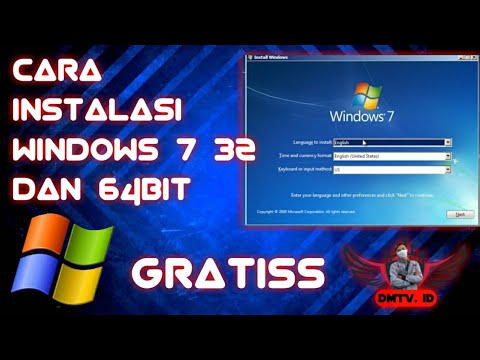Installing Windows 7 can seem like a daunting task, but with the right guidance, it can become a simple and straightforward process. In this article, we will provide a step-by-step guide on how to install Windows 7, including screenshots to help you along the way.
Step 1: Backup Your Data
Before starting the installation process, it is essential to back up all of your important data. This includes documents, pictures, videos, and any other important files that you may have saved on your computer. This step is crucial because installing Windows 7 will erase all of your data from the hard drive, and there is no way to recover it.
Step 2: Insert the Windows 7 Installation Disk
Once you have backed up all of your data, you are ready to insert the Windows 7 installation disk into your computer. After inserting the disk, restart your computer, and press the key that appears on the screen to boot from the disk. The key varies depending on the manufacturer, but it is usually F12, F10, or F2.
Step 3: Choose the Language, Time, and Keyboard
After booting from the installation disk, you will be prompted to select the language, time, and keyboard settings. Choose the settings that best suit your needs, then click Next.
Step 4: Install Now
After selecting the language, time, and keyboard settings, click Install Now to begin the installation process.
Step 5: Accept the License Terms and Agreement
The next step in the installation process is to accept the license terms and agreement. Read the agreement carefully, and if you agree to the terms, click I accept the license terms, then click Next.
Step 6: Choose the Installation Type
After accepting the license terms and agreement, you will be prompted to choose the installation type. There are two options: Upgrade and Custom (Advanced). Select Custom (Advanced), then click Next.
Step 7: Select the Hard Drive
After selecting Custom (Advanced), you will be asked to select the hard drive on which you want to install Windows 7. Select the hard drive, then click Next. If your hard drive has partitions, you may need to delete them before continuing with the installation process.
Step 8: Wait for Windows 7 to Install
Once you have selected the hard drive, Windows 7 will begin the installation process. This may take some time, so be patient and wait for the process to complete.
Step 9: Set Up Your Account and Password
After Windows 7 has finished installing, you will be prompted to set up your account and password. Follow the on-screen instructions to complete this step.
Step 10: Install Updates and Drivers
Once you have set up your account and password, it is essential to install updates and drivers to ensure that your computer is up to date and functioning correctly. To do this, click on the Start menu, select All Programs, then click Windows Update. Follow the on-screen instructions to install updates.
Frequently Asked Questions (FAQ)
Question 1: Can I upgrade from Windows XP or Vista to Windows 7?
Answer: Yes, you can upgrade from Windows XP or Vista to Windows 7. However, it is important to note that this process may be more complicated than a standard installation. You may need to purchase an upgrade disk, and you will need to back up all of your data before starting the installation process.
Question 2: How much hard drive space is needed to install Windows 7?
Answer: To install Windows 7, you will need at least 16 GB of free hard drive space for the 32-bit version and 20 GB for the 64-bit version. It is recommended to have at least 20 GB of free hard drive space to ensure that Windows 7 runs smoothly.
Video Tutorial: How to Install Windows 7
In conclusion, installing Windows 7 can be a simple and straightforward process when done correctly. By following the steps outlined in this article, you can install Windows 7 and have a functional and up to date computer. Remember to back up all of your important data before starting the installation process and to install updates and drivers after the installation is complete. If you have any further questions, refer to the FAQ section or watch the video tutorial for additional guidance.


